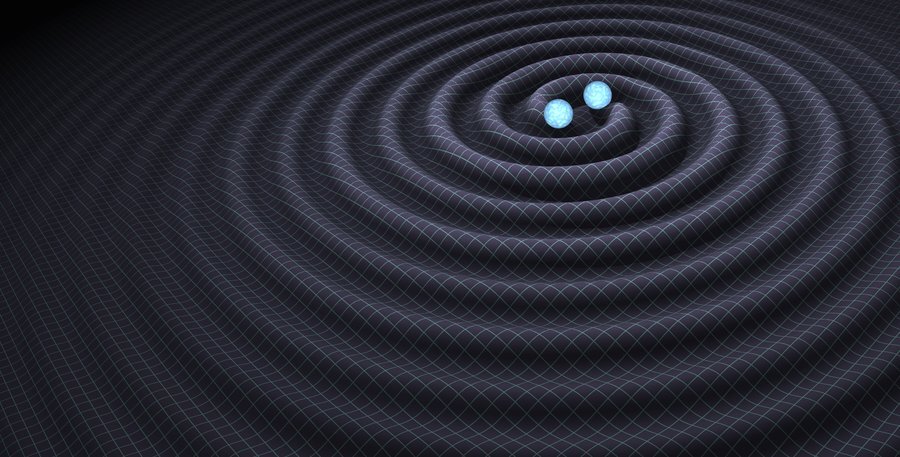Scientists working with the LIGO and Virgo gravitational observatories hope that they will be able to determine much more quickly where the neutron stars have merged. Thus, they will be able to predict where to look with conventional telescopes.

Observation of LIGO and Virgo
Scientists are thinking about how to improve the existing gravitational observatories LIGO and Virgo so that they can quickly warn other observatories about where to look to find a previously unseen phenomenon. We are talking about the merger of neutron stars.
LIGO and Virgo have observed the merger of compact objects dozens of times in the last few years, as a result of which gravitational waves are generated, provided for by Einstein’s theory of relativity. At the same time, conventional telescopes in most cases did not see anything at the specified location. After all, then two black holes or a black hole and a neutron star merged.
How to see the merger of neutron stars?
But in the case of the merger of two neutron stars, observations of electromagnetic waves could show interesting processes. But for all the time of observations, this event was recorded only twice: 2017 and 2019. At the same time, it was not possible to direct optical telescopes at it for the last time.
The GW170817 event, which occurred on August 17, 2017, is currently the only neutron star merger that has been observed. Then about 70 telescopes were able to view it in a variety of wavelengths — from the radio range to gamma radiation.
But then LIGO and Virgo were able to signal that something should be searched for at all only 40 minutes after the event. And a detailed map of the section of the starry sky showing where the collision occurred appeared only in 4.5 hours. And the galaxy in which the neutron stars merged managed to hide on the opposite side of the planet to most instruments. Therefore, they were able to start monitoring only after 11 hours and missed everything interesting.
Improvement of instruments
Since then, LIGO and Virgo have managed to undergo several upgrades and improve the efficiency of their work. They were joined by a similar Japanese observatory KAGRA. So, already during the next search, which will begin in the coming years, it is expected to observe at least 10 mergers of black holes.
The researchers put special hope on the new early warning system. It stores in memory a large number of records of the slightest gravitational waves that have ever been recorded by observatories. Scientists hope that it will be able to reliably identify neutron stars that are just about to merge.
In any case, we are talking about a few days and hours before the event. But that should be enough time to aim telescopes at it all over the Earth.
According to phys.org
Follow us on Twitter to get the most interesting space news in time
https://twitter.com/ust_magazine
